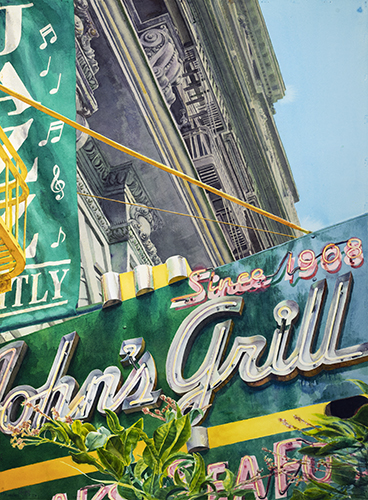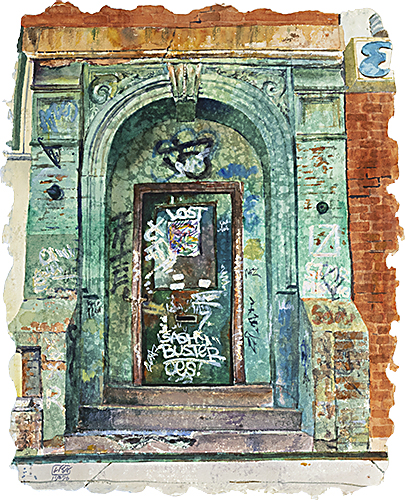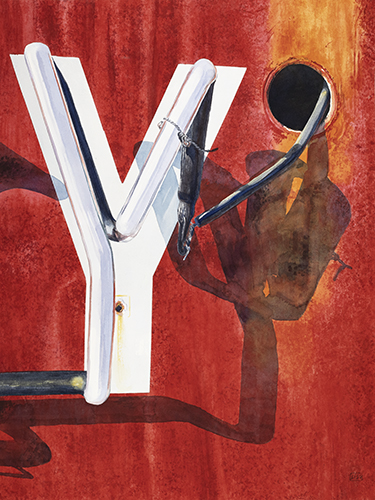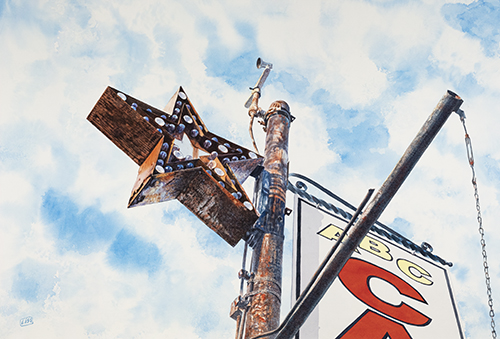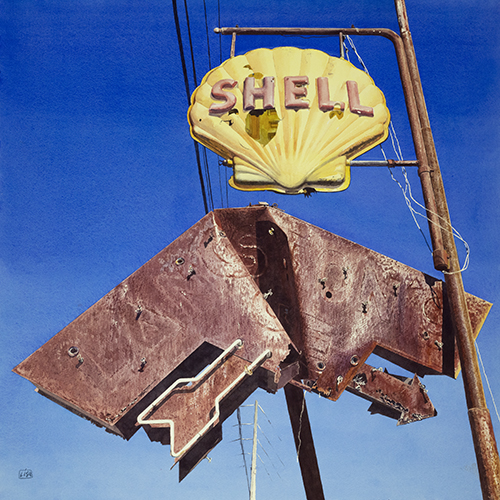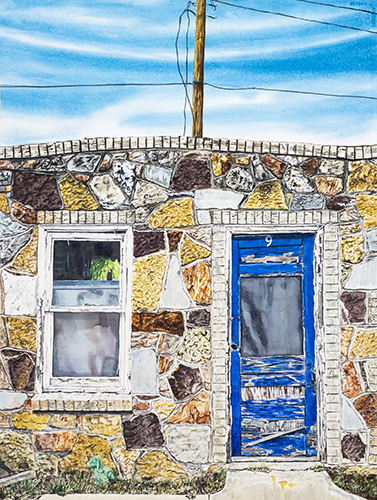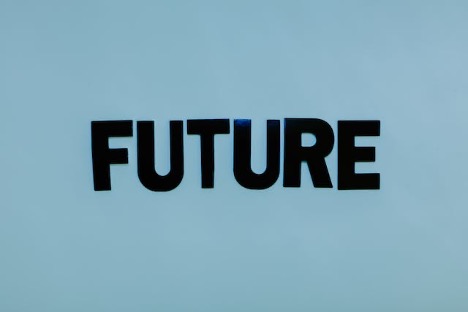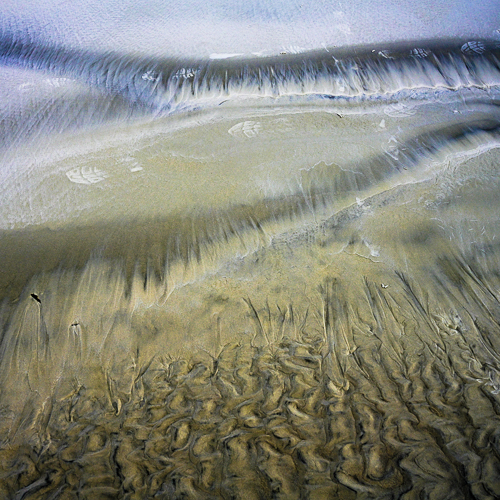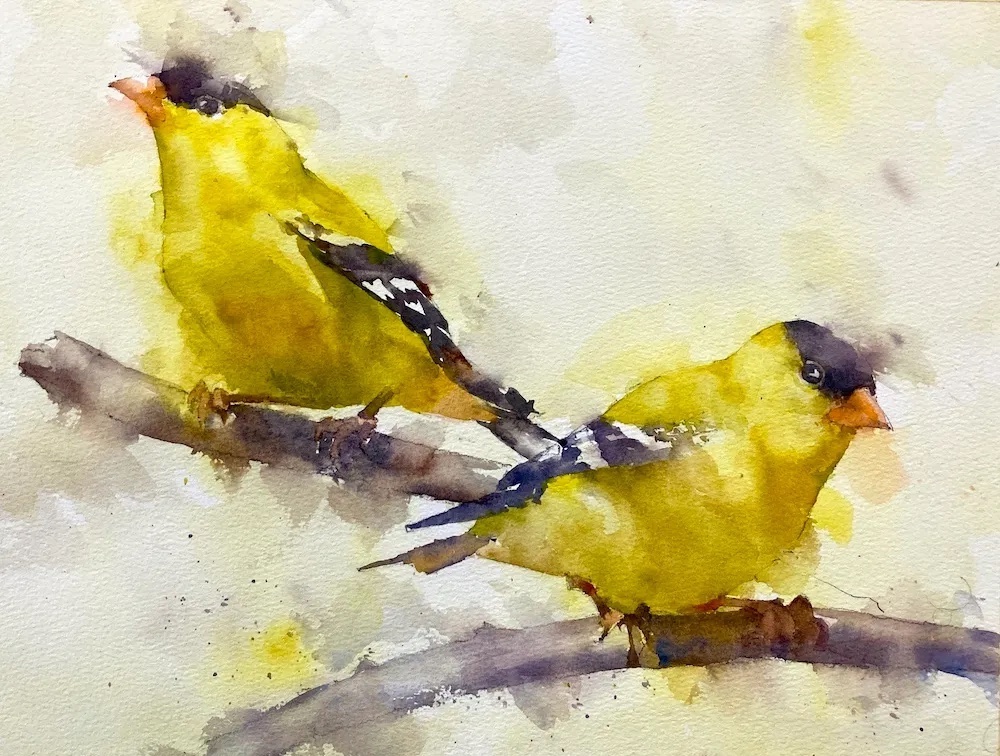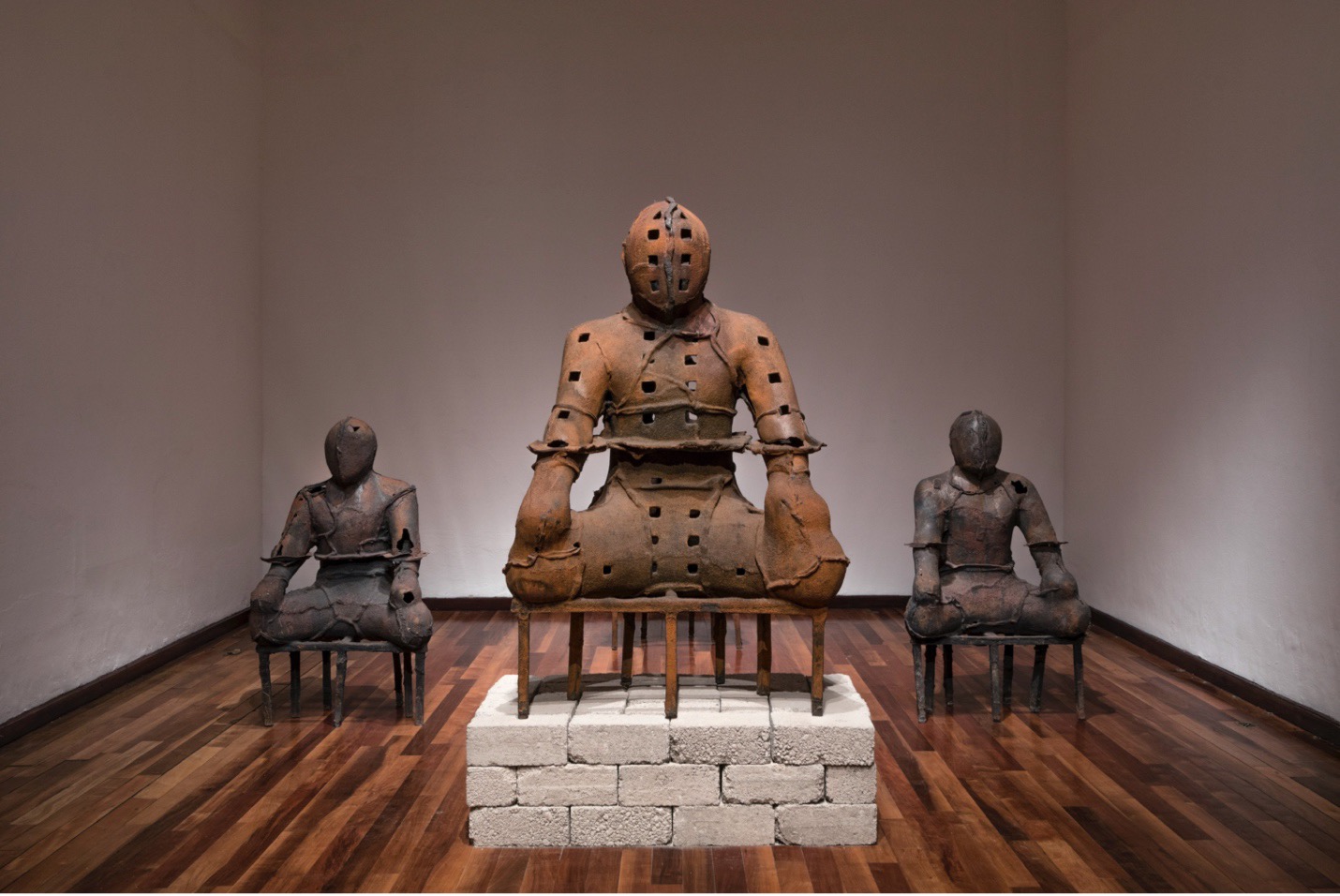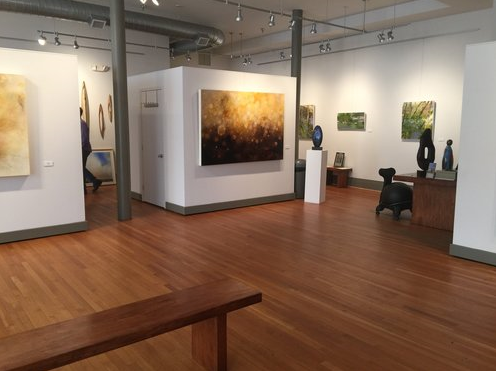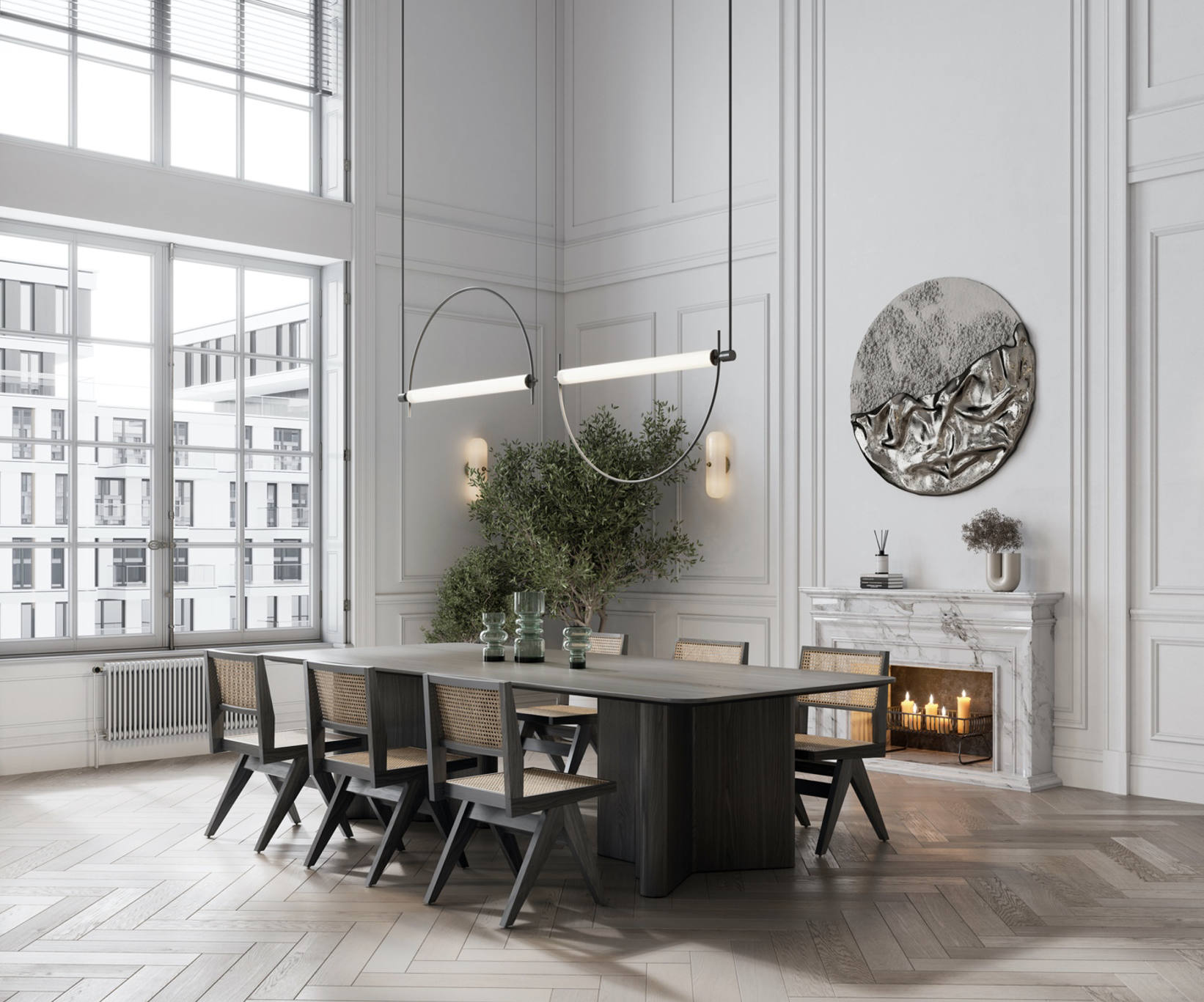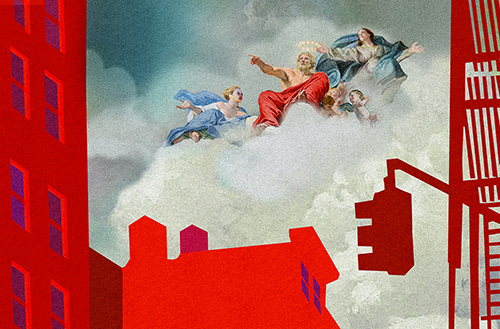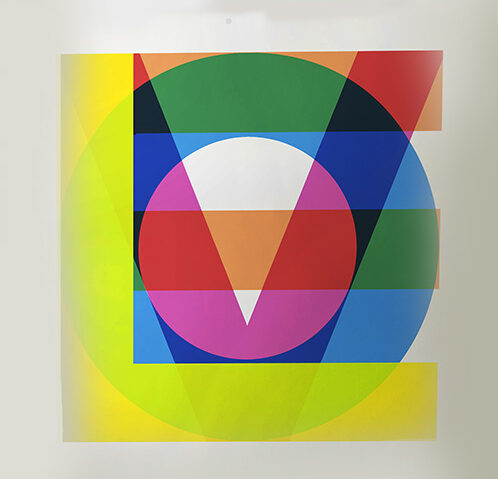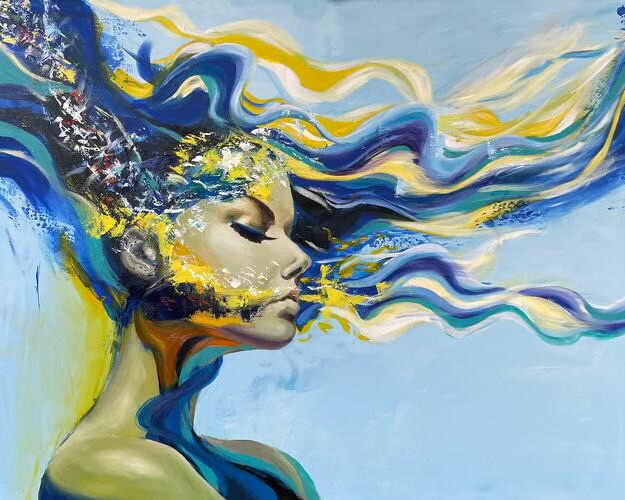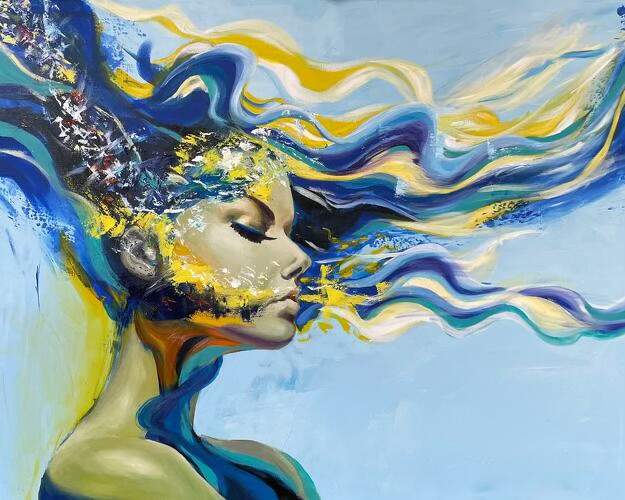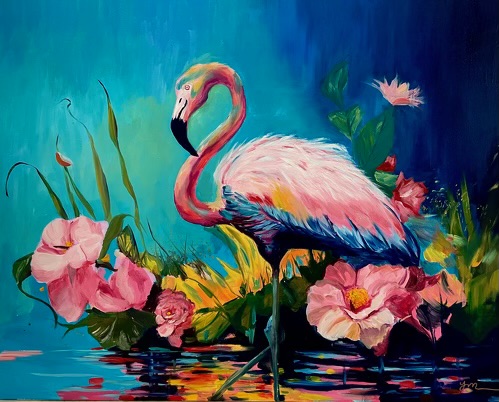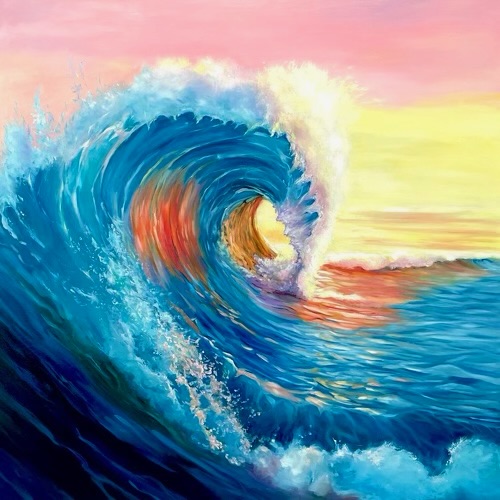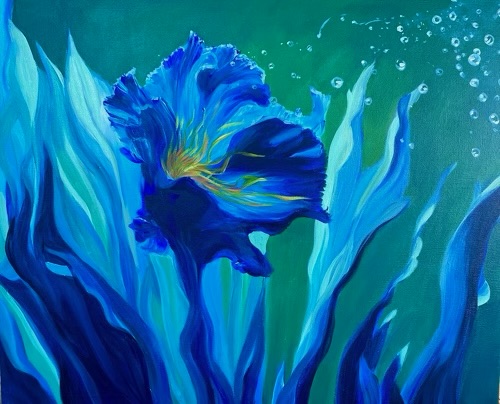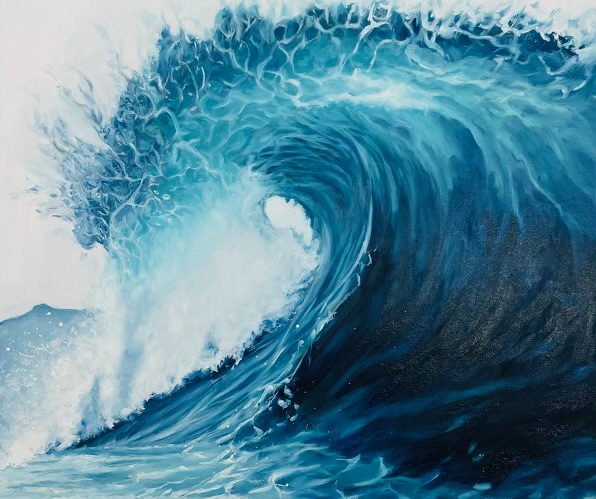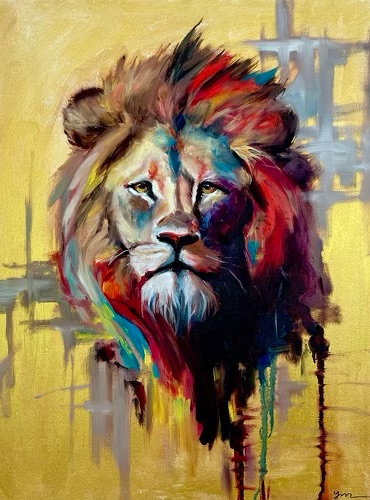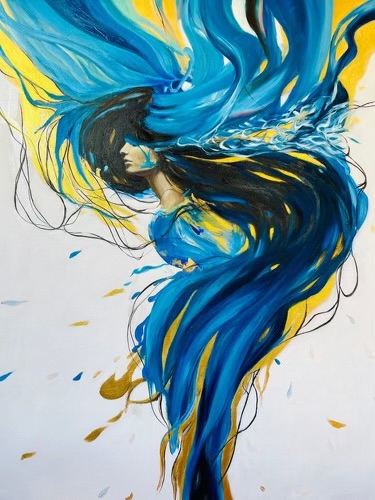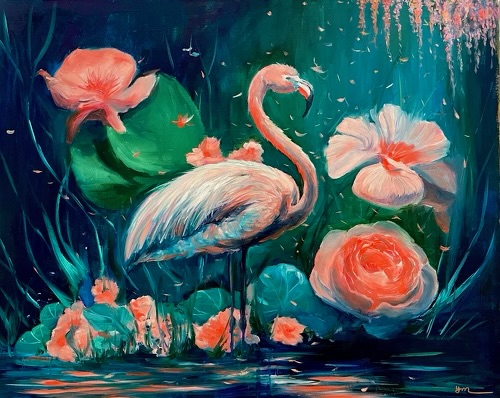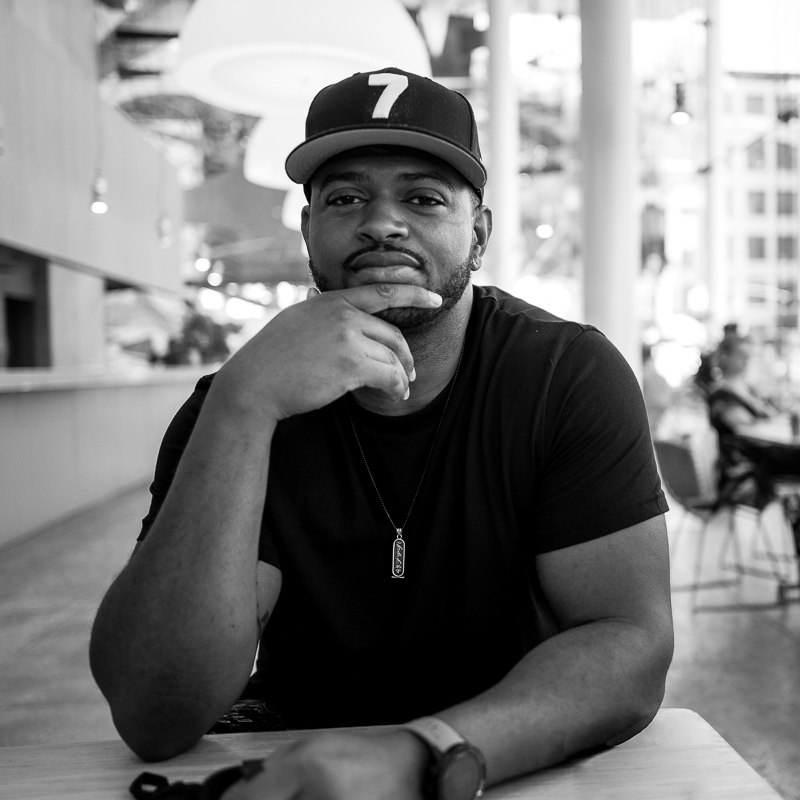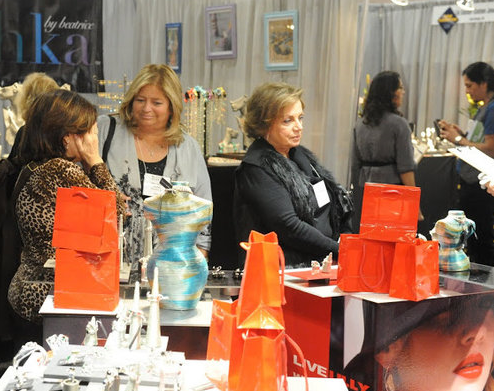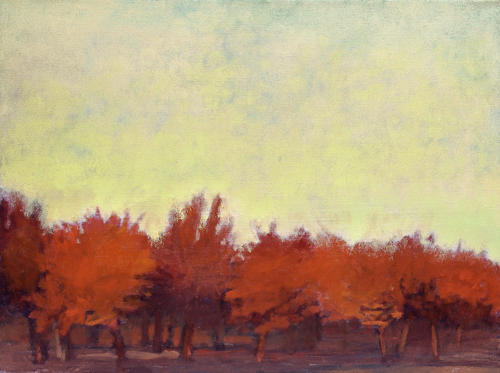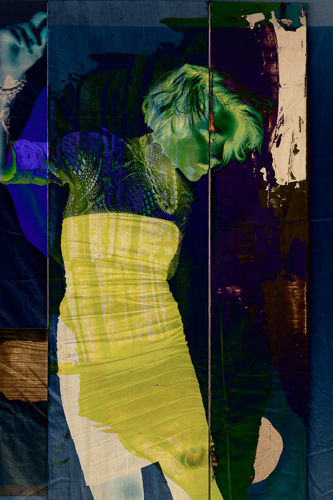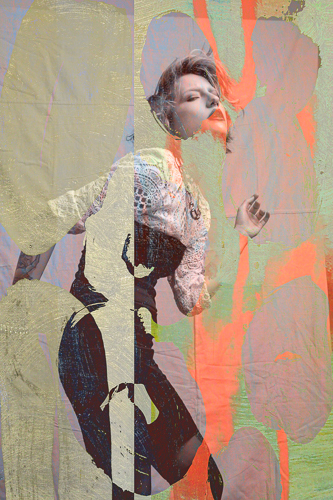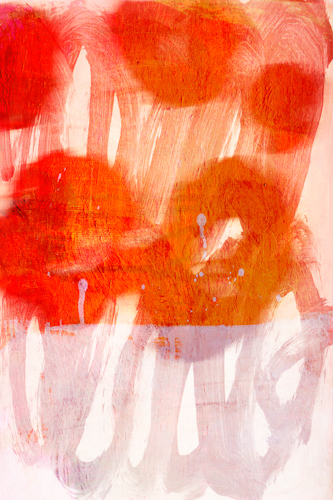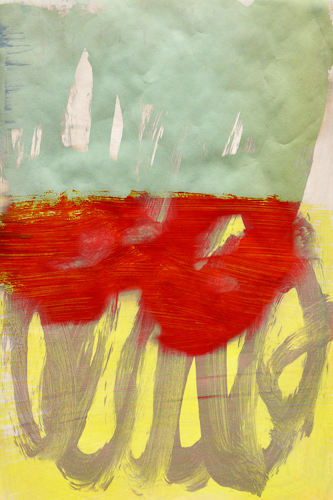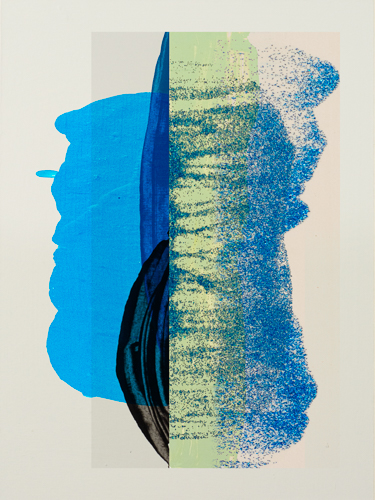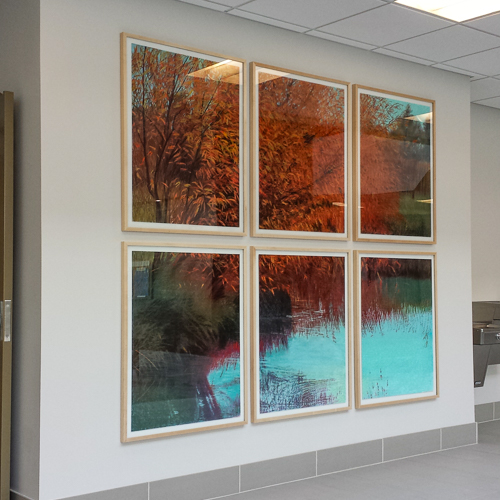Enjoy this selection of amazing works by our latest group of talented artists in different mediums. Click on each artist’s name to visit their website and learn more.
“Sublimation” acrylic on canvas, 40cm х 60cm by Vanda Orlova
Vanda Orlova
When we create a family, we seem to go through sublimation. And then our children are the embodiment of our contours. My picture is about the importance of family in the life of every person.
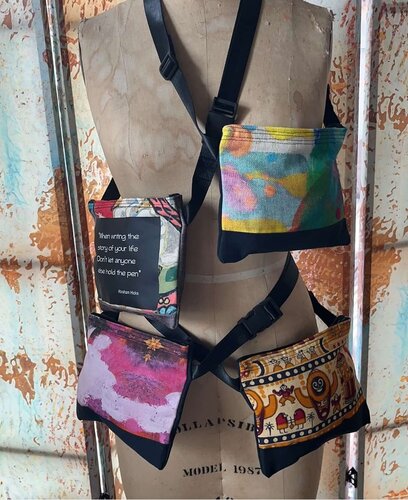
Selection of “quadruple delight” handmade textile bags by Inga & Evija
Inga & Evija
We are Inga & Evija, known for our handcrafted, upcycled, artsy, uplifting fashion accessories. Our mission is to make people feel confident and beautiful, regardless of their body type.
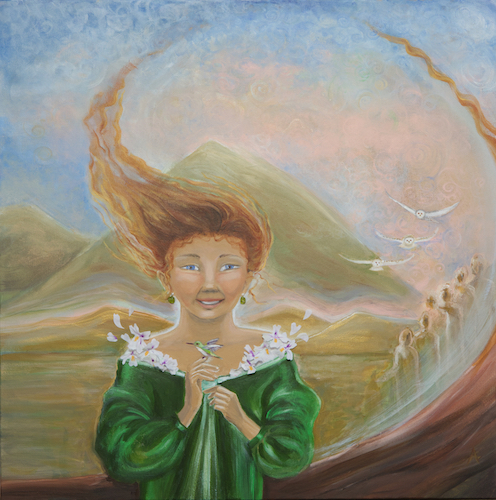
“From Their Love She Blooms” acrylic on canvas with silk and raw emerald, 30″ x 30″ by Angela Chostner
Angela Chostner
My intention is to express the energy of virtue through moving color grounded in feminine form. Deep blues, angelic faces and archetypal shapes are hallmarks of my work. My creative process is part meditation, part prayer.
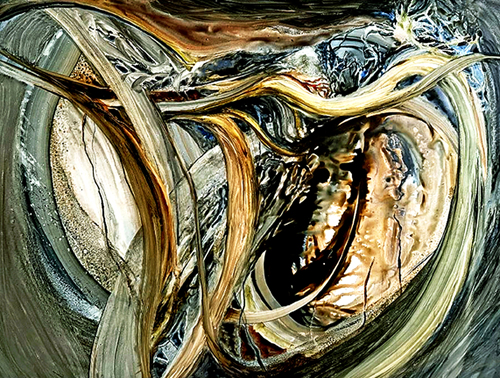
“Synergy” watercolor, 19″ x 25″ by Juanita Hagberg
Juanita Hagberg
Personal experiences and aesthetic connection inform my response to nature. Textural, bold, and organic, my watercolors suggest the complexity found in the natural world without replicating it.
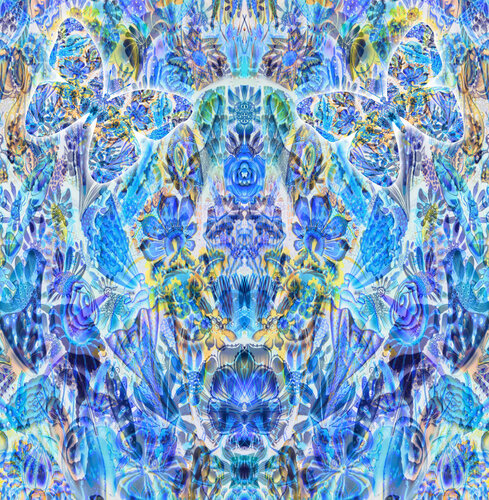
“The Elusive Butterflies” manipulated photography, 40″ x 40″ by Gerrie Lewis
Gerrie Lewis
My transformational photography visually stimulates one’s mind while bringing awareness to the interwoven connection between nature and society. Multiple photos of broken glass overlaid with photos of flowers is how I created The Elusive Butterflies.
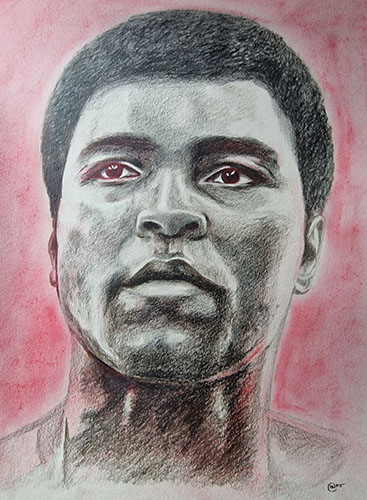
“King of Kings” pencil, 16.5″ x 23.4″
Rob Thompson
Welcome to my artistic world. I’m Rob Thompson, a Yorkshire, UK-born artist. I share my vision for dynamic and captivating artworks through my subjects and styles.
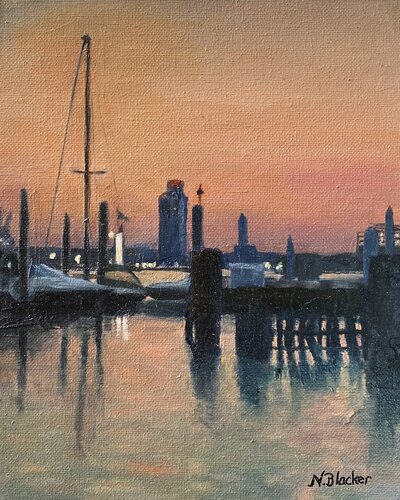
“Inner Harbour Sunset” oil on canvas, 8″ x 10″ by Nancy Blacker
Nancy Blacker
Exploring the theme of entropy, my work focuses on aging. I try to paint what I find to be beauty at every stage of life in defiance of the aging process itself.
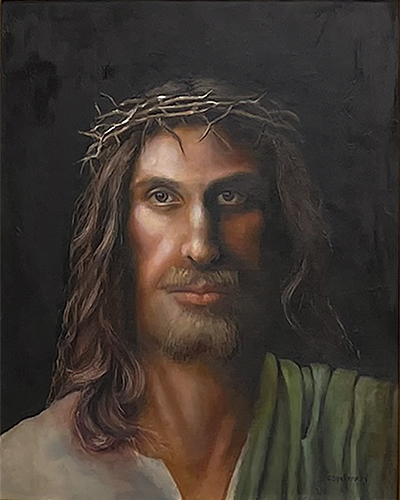
“Portrait of Jesus Based on the Shroud of Turin” oil, 8″ x 10″
Cindy Spellman
After measuring the proportions on the Shroud of Turin, I painted this portrait in oils. The Shroud captured the imprint of Jesus Christ which occurred during a supernatural burst of radiation during the Resurrection.
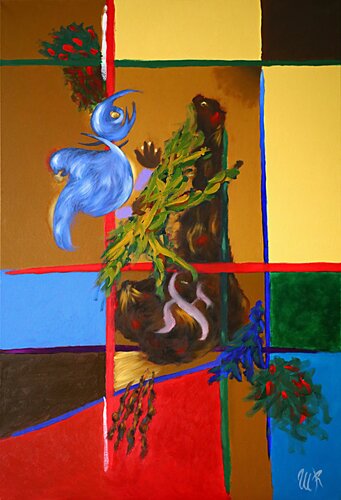
“Aleph’s Garden” oil on canvas, 70cm x 100cm by Marco Raddino
Marco Raddino
My works present a great imagination of shapes and compositions, bright and energetic colours, as well as continuous philosophical and theological references. For example, in this painting, the subjects incessantly recall elements of the Jewish-Christian theological and philosophical tradition.
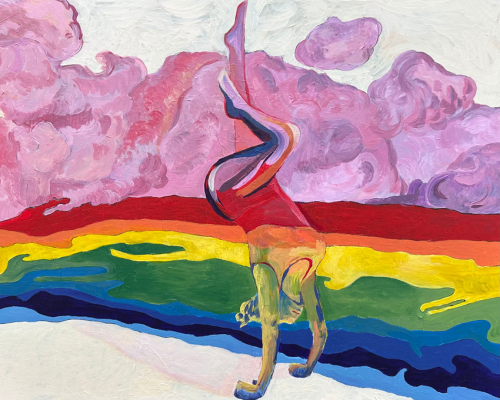
“Dream” acrylic on wood panel, 34″ x 30″ by Monica Brinkman
Monica Brinkman
I create playful, meditative, and colorful acrylic paintings to complement spaces for relaxation. Common themes in my work are yoga, balance, feminism, and nature.
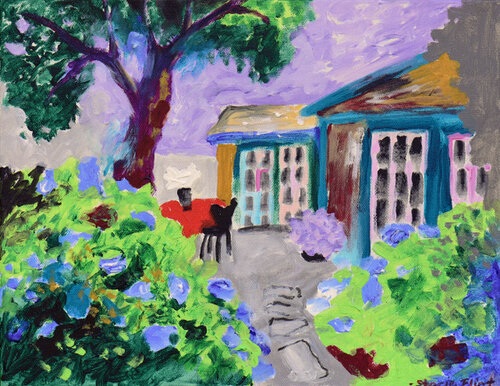
“Patio” acrylic on canvas, 11″ x 14″ by Stacie Flint
Stacie Flint
When I am painting, I go to an intuitive realm of joy because that is what I want to feel and to share. Color, play, beauty, inspire, love through art!
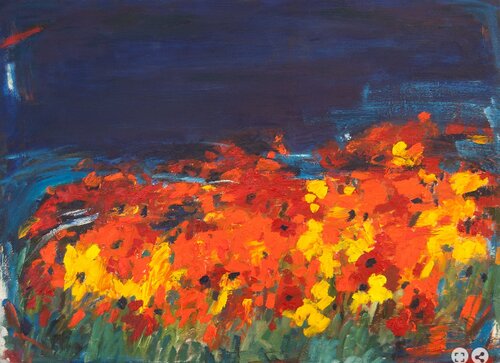
“Blooms” oil, 40″ x 30″ by Kajal Zaveri
Kajal Zaveri
I am a New York based artist, and my landscape paintings fall in the realm of abstract realism; familiar and known, yet abstract enough for modern sensibilities and for allowing viewer interpretation and immersion.
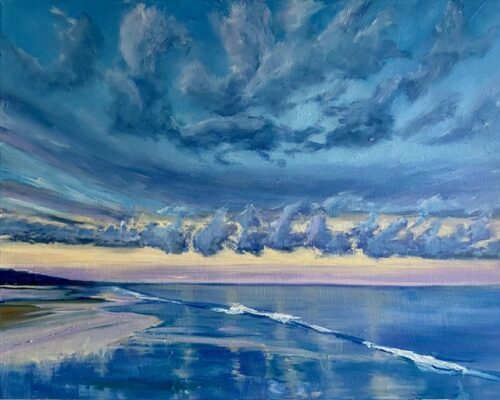
“Shining Dawn” oil on canvas, 20″ x 16″ by Mary Hills Powell
Mary Hills Powell
I love painting reflections, transparencies and opacities in water. Light creates such abstract colors, shapes and distortions that are fascinating to interpret with paint.
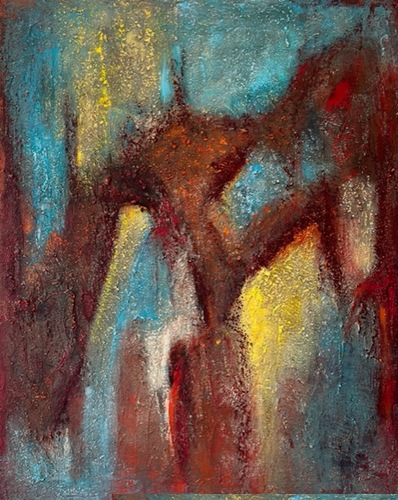
“A New Day” mixed media, 24″ x 30″ by Roya Yazdi
Roya Yazdi
As a self-taught artist based in Los Angeles, my inspiration is drawn from nature coupled with bold, vibrant colors and textured techniques. This results in art that reflects my ever-shifting creative mood.
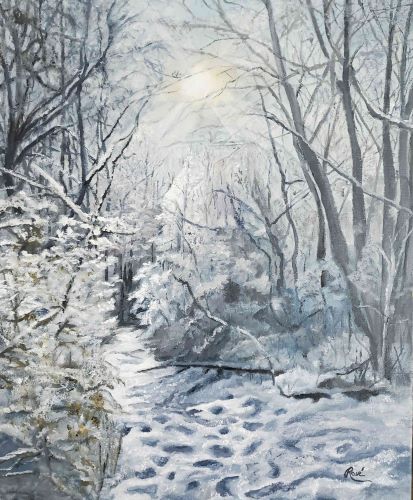
“Mood Indigo” oil on canvas 16″ x 20″ by Rose Faye
Rose Faye
A serene walk in the woods after overnight snowfall. A companion painting is on my website named Snow Trees. My mission is to create beauty and joy through visual art.
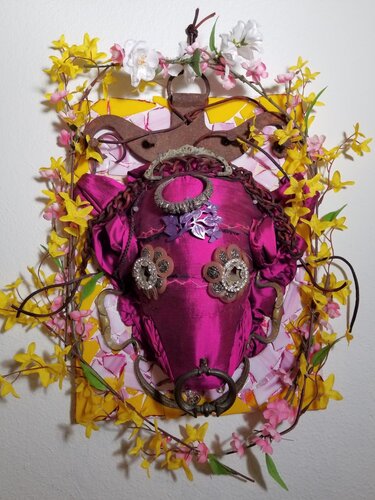
“Ferdinand, Lover of Peace and Freedom” mixed media, 15″ x 12″ by Vivienne Riggio
Vivienne Riggio
I fabricate large scale mythical creatures that connect us to another time, another place. I draw from my experience in operatic costume design and use traditional embroidery techniques, sheep’s wool and upcycled unusual objects. My desire is that these shaman-like sculptures evoke a departure from conventional imagery to an unfamiliar place of wonder.
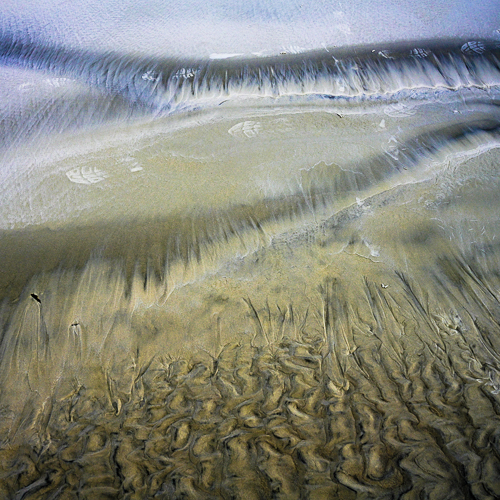
“Seacoast 3414″ photograph, 30″ x 30” by David Rowell
David Rowell
My work examines the ephemeral quality of the natural environment through creative exposure techniques and mindful composition along with the discovery and construction of light, color and texture.
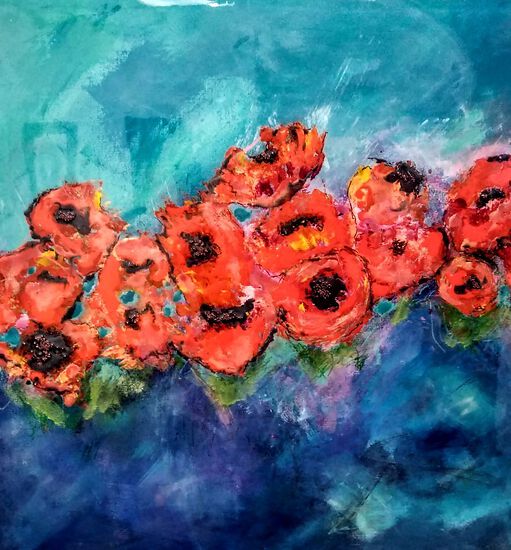
“Poppy Peace” acrylic and resin, 24″ x 24″ x 1.5″ by Alison Thomas
Alison Thomas
I see my art as perfectly imperfect. My art is about embracing the inherent flaws and imperfections in life and finding beauty and meaning in them. Imperfection is often what makes things interesting.
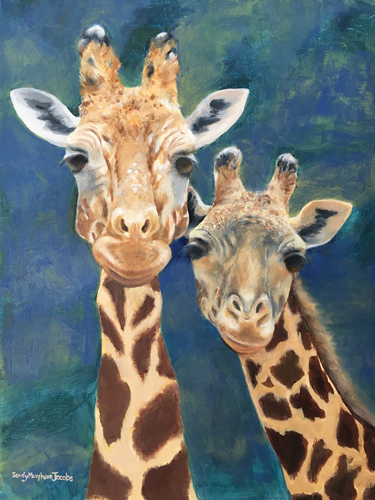
“Molly and Audrey” oil, 16″ x 12″ by Sandy Jacobs
Sandy Jacobs
I invite viewers into relationship with the natural world, hoping to elicit fascination, to convey the spirit of what I see there, and to inspire respect for nature’s intrinsic role in all our lives.
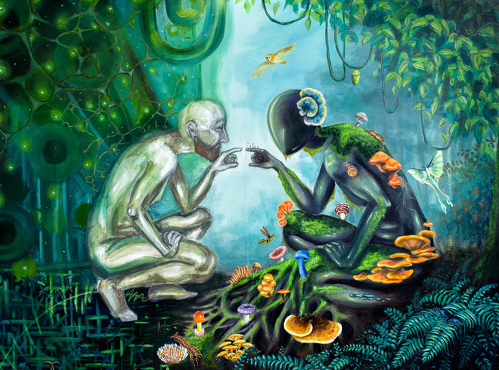
“Portrait of Awareness” acrylic on canvas, 36″ x 48″ by Lindsey Ridgeway
Lindsey Ridgeway
My paintings feature the interplay between internal and external influences that shape our conscious experience. Much of my work features plants, animals, and fungi, which aids in relaying different philosophies reflected to us through nature.
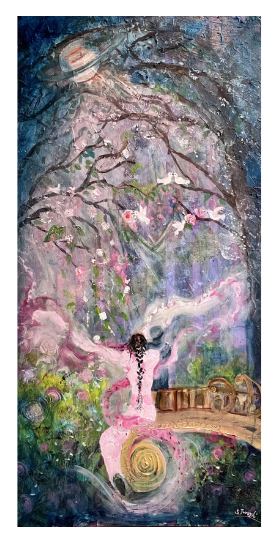
“The Bobble Braid Poem” acrylic and oil, 24″ x 48″ by Sue Turayhi
Sue Turayhi
This painting is based on a poem called the Bobble Braids. I responded to the spiritual feeling that poem impacted and in return I poured my heart and soul into the canvas, bringing the visual image of love, dance, and the cosmos to the canvas. I am always inspired to connect the dots between word, image, and color.
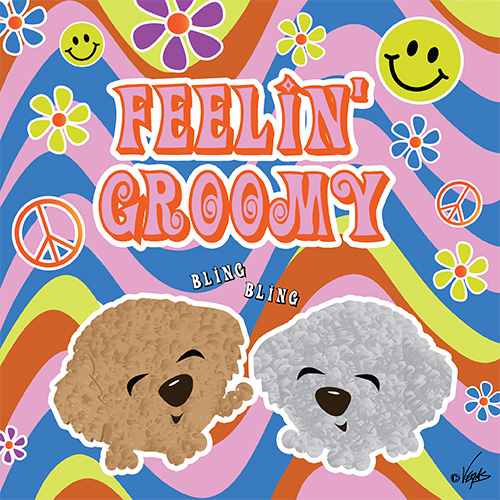
“Feelin’ Groomy” digital art, various sizes by Zoey Vegas
Zoey Vegas
I enjoy creating art that makes people happy and smile. I would like to use my art in ways to help children and animals. We need more smiles!
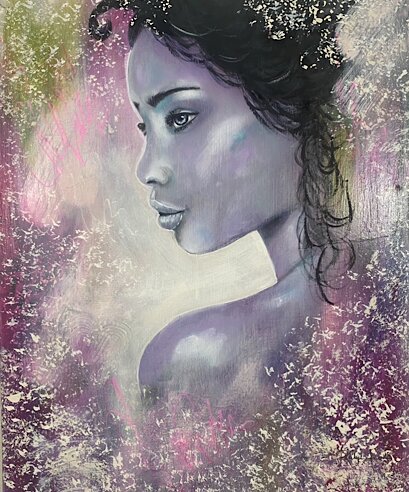
“Graceful Strength” mixed media with oil, 20″ x 16″ by Raelyn Acorn
Raelyn Acorn
The inspiration for this piece came as I wanted to show the strength we as women have. The beauty in our souls as we emerge out of our world.
Want to stay current on cutting edge business articles from Artsy Shark, plus artist features, and an invitation to the next Call for Artists? Click below to sign up for our twice-monthly email. You’ll get all this plus opportunities and special offers that you can’t get anywhere else!


